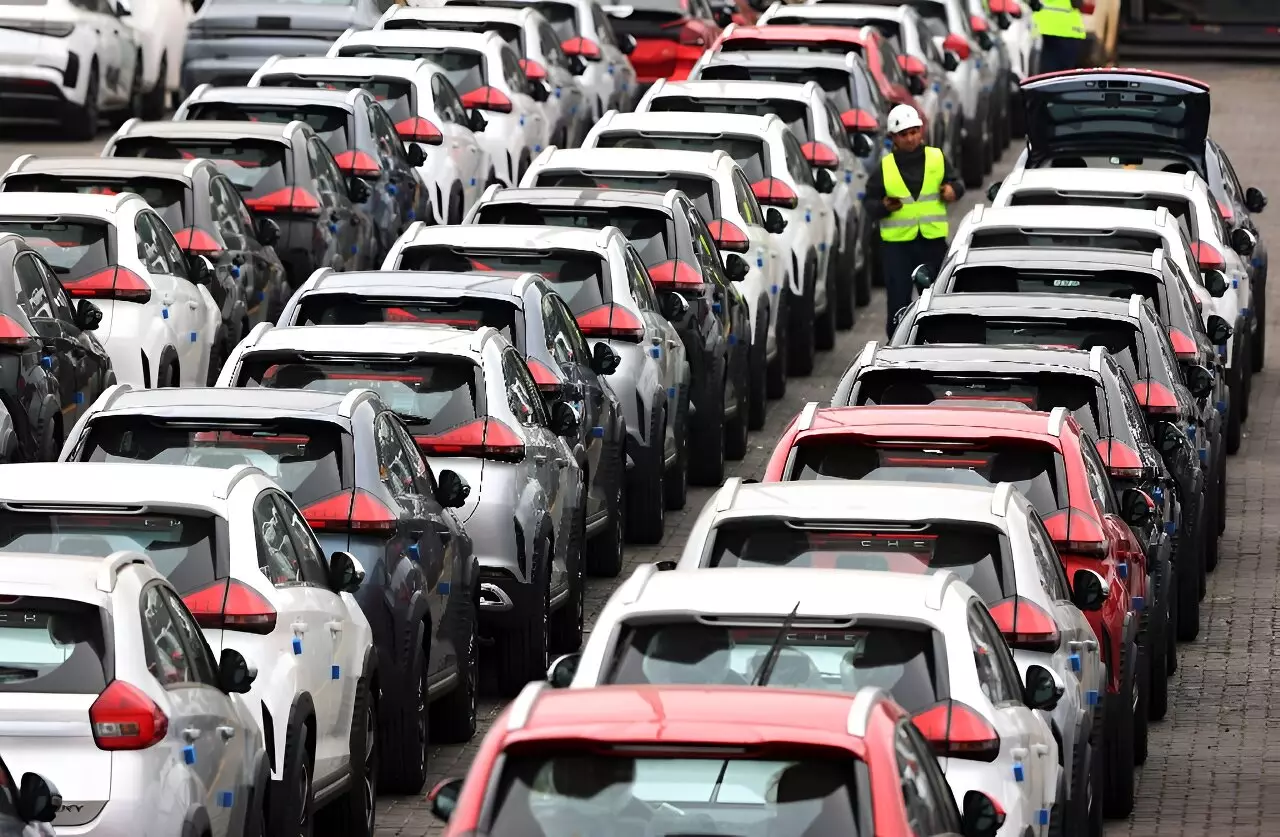The trend of Latin Americans moving away from US- and Brazilian-built cars towards Chinese models has been gaining momentum in recent years. Claudio Perez, a Chilean truck driver, was initially hesitant about purchasing a Chinese car. However, the combination of affordability and quick delivery swayed his decision. He is now a satisfied Chinese car owner and plans to continue buying Chinese vehicles in the future. This shift in consumer preferences is reflected in the sales figures, with Chinese car sales in the region reaching $8.5 billion in 2020, a significant increase from $2.2 billion in 2019.
Chinese carmakers have been focusing on offering products at competitive prices without compromising on quality. This strategy has been successful in capturing a significant share of the Latin American market, particularly in the emerging electric vehicle sector. With 51 percent of all electric vehicle sales in the region, Chinese brands have established themselves as major players. The growth of Chinese car manufacturers can be attributed to improvements in quality, technology, and design, according to industry analysts.
Unlike the United States and Europe, where protective import tariffs have slowed China’s advances in the automotive industry, Latin America has embraced Chinese cars. In countries like Chile, with minimal import duties, Chinese models accounted for nearly 30 percent of car sales in 2020. Even in Mexico and Brazil, where domestic car production is significant, Chinese carmakers are making inroads. BYD, a Chinese giant, is investing in building its largest electric car plant outside of Asia in northeastern Brazil, with a production capacity of 150,000 units per year.
The affordability of Chinese cars has allowed segments of the middle- and low-income population in Latin America to become vehicle owners for the first time. This has not only provided mobility but has also facilitated the adoption of cleaner engine technologies in major cities plagued by pollution. Economists like Sebastian Herreros emphasize the importance of electro-mobility in the region’s development, stating that it is almost a matter of survival. Chinese cars have played a significant role in introducing cleaner and more sustainable transportation options in cities like Santiago, Bogota, and Mexico City.
The rise of Chinese cars in Latin America represents a significant shift in the automotive industry. With a focus on affordability, quality, and sustainability, Chinese carmakers have successfully penetrated the market and gained the trust of consumers. As the region continues to embrace electric vehicles and cleaner technologies, Chinese brands are poised to play a key role in shaping the future of transportation in Latin America.


Leave a Reply